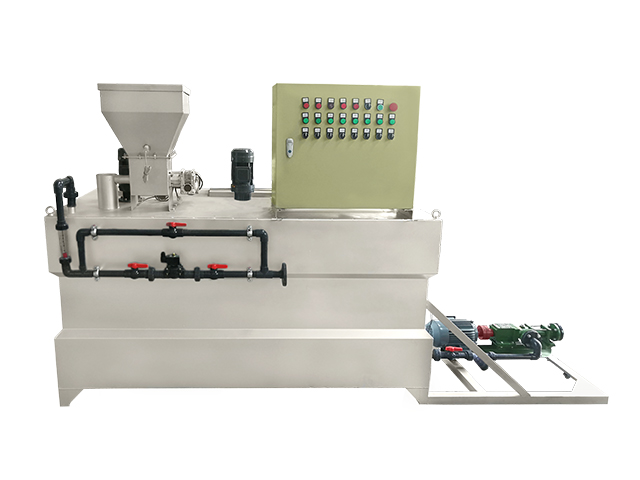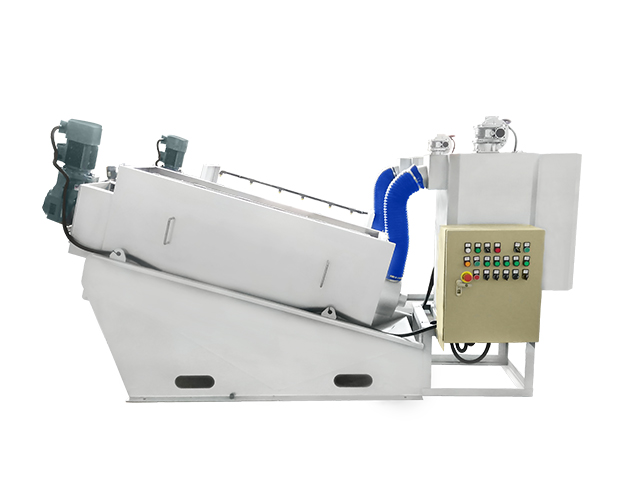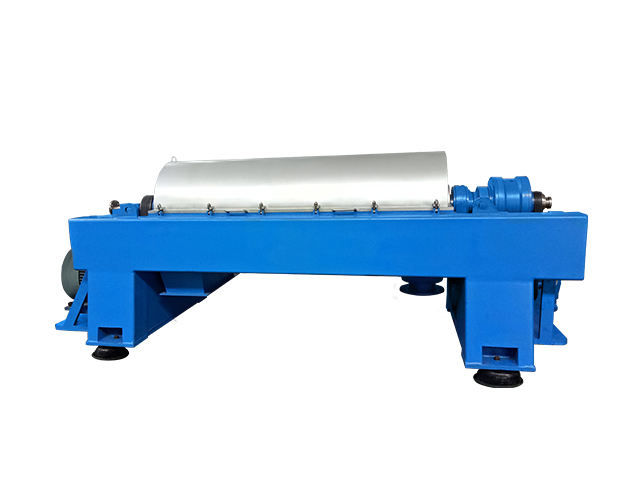
How to measure slduge dehydrator performance indicators
Industry News
How to measure slduge dehydrator performance indicators?
1. Solid content.
Solid content of filtrate is the percentage of dry solids in filtrate discharged by mechanical concentration or Screw sludge dewatering machine, which is usually used in conjunction with solid recovery rate. The high solid content of the filtrate indicates that more dry solids are lost with the filtrate, and the dehydration effect is poor.
2. Solid recovery and flocculant dosage.
The indexes to measure the drying effect of sludge are the solid content of mud cake, the solid content of filtrate, the solid recovery rate of solid and the solid content of mud cake added by flocculant: mud cake is a widely used word. In reality, only the sludge after pressure filtration and dewatering is cake-like, and the sludge after centrifugal dewatering is not cake-like.
In practice, sludge dewatered in all ways is called "mud cake". The solid content of mud cake is an important index to evaluate the dewatering effect. The higher the solid content of mud cake, the smaller the sludge volume.
3. Flocculant dosage.
The flocculant dosage in sludge dewatering refers to the dry weight of flocculant which is needed to be added to the dry solid per unit weight of sludge. The dosage is related to the nature of sludge, environmental factors and the type of Screw sludge dewatering machine.
4. Solid Recovery Rate.
Solid recovery rate is the percentage of dry solids in mud cake to total dry solids in sludge of dewaterer. The higher the solid recovery rate is, the more biscuit solids are transferred to mud cake after sludge dewatering. The less dry solids are lost with filtrate, the higher the dewatering rate is, which is contrary to the solid content of filtrate.


